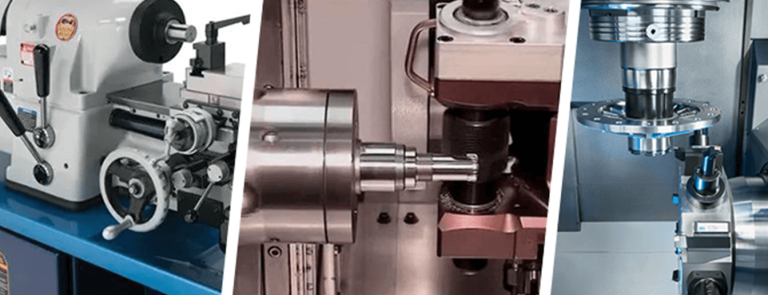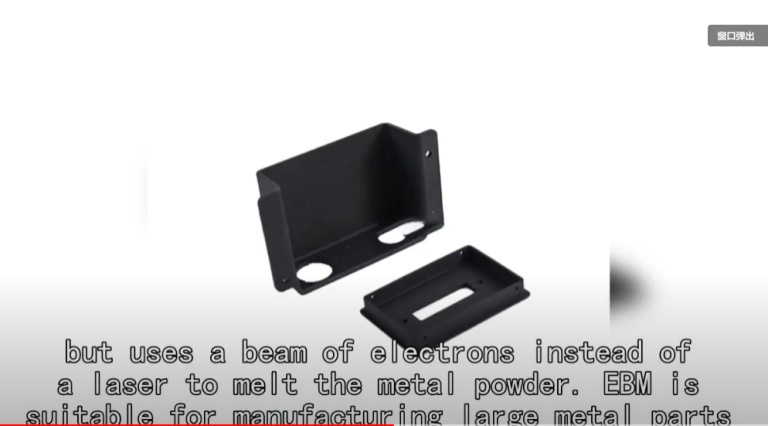Table of Contents
Benefits of Using Recycled Plastic in Injection Molding
Plastic injection molding is a widely used manufacturing process that involves injecting molten plastic into a mold cavity to create a desired shape. This process is commonly used in the production of a wide range of products, from automotive parts to medical devices. One of the key advantages of plastic injection molding is its ability to produce high-quality, complex parts at a relatively low cost.
| Surface finish | Polishing Finish / Slik Print / Texture Finish / Rubber Painting / Glossy Finish / Painting / Slik-Screen / Pad Print / EMI Coating / Electronic Plating / Laser Marking / Etc. |
| Production Process | Orders-Raw Materials- Production-Quality Inspection -Packaging-Shipment |
| Technology | Foaming / Ordinary Injection / Structual Foam Molding / Over-Molding / Gas Assisted Injection Molding |
In recent years, there has been a growing emphasis on sustainability and environmental responsibility in the manufacturing industry. As a result, many companies are looking for ways to reduce their environmental impact and minimize their use of virgin plastic. One way to achieve this is by using recycled plastic in the injection molding process.
There are several benefits to using recycled plastic in injection molding. One of the most significant advantages is the reduction of waste and the conservation of natural resources. By using recycled plastic, manufacturers can help divert plastic waste from landfills and reduce the need for new plastic production. This not only helps to conserve valuable resources but also reduces the environmental impact of plastic production.

Another benefit of using recycled plastic in injection molding is the potential cost savings. Recycled plastic is often less expensive than virgin plastic, making it a cost-effective alternative for manufacturers. By using recycled plastic, companies can reduce their material costs and improve their bottom line without sacrificing quality or performance.
In addition to cost savings and environmental benefits, using recycled plastic in injection molding can also help companies meet their sustainability goals and enhance their brand image. Consumers are becoming increasingly conscious of the environmental impact of the products they purchase, and companies that demonstrate a commitment to sustainability are more likely to attract and retain customers.
Despite the many benefits of using recycled plastic in injection molding, there are some challenges to consider. One of the main challenges is ensuring the quality and consistency of the recycled plastic material. Recycled plastic can vary in composition and quality, which can affect the performance and appearance of the final product. To address this issue, manufacturers must work closely with their suppliers to ensure that the recycled plastic meets their specifications and quality standards.
Another challenge is the limited availability of recycled plastic. While the demand for recycled plastic is growing, there is still a limited supply of high-quality recycled material. This can make it difficult for manufacturers to source enough recycled plastic to meet their production needs. To overcome this challenge, companies can work with their suppliers to develop a reliable supply chain for recycled plastic and explore alternative sources of recycled material.
In conclusion, using recycled plastic in injection molding offers a range of benefits for manufacturers, including cost savings, environmental sustainability, and enhanced brand image. While there are challenges to consider, such as ensuring material quality and availability, the advantages of using recycled plastic outweigh the potential drawbacks. By incorporating recycled plastic into their injection molding processes, companies can reduce their environmental impact, improve their bottom line, and demonstrate their commitment to sustainability.
How to Choose the Right Plastic Resin for Injection Molding Applications
Plastic injection molding is a widely used manufacturing process that involves injecting molten plastic material into a mold cavity. This process allows for the production of a wide range of plastic parts and products with high precision and efficiency. One of the key factors that determine the success of a plastic injection molding project is the selection of the right plastic resin. Choosing the appropriate plastic resin for injection molding applications is crucial as it directly impacts the quality, performance, and cost of the final product.
There are many different types of plastic resins available for injection molding, each with its own unique properties and characteristics. When selecting a plastic resin for injection molding, it is important to consider factors such as the desired mechanical properties, chemical resistance, thermal stability, and cost. Additionally, the processing requirements of the chosen resin, such as melt temperature, injection pressure, and cooling time, should also be taken into account.
One of the most commonly used plastic resins for injection molding is polypropylene (PP). PP is a versatile and cost-effective material that offers good chemical resistance, high impact strength, and excellent processability. It is commonly used in a wide range of applications, including packaging, automotive parts, and consumer goods.
Another popular choice for injection molding applications is acrylonitrile butadiene styrene (ABS). ABS is a tough and impact-resistant material that is commonly used in the production of electronic housings, automotive components, and consumer products. It offers good dimensional stability and can be easily painted or plated for a decorative finish.
For applications that require high heat resistance, polyethylene terephthalate (PET) is a suitable choice. PET is a strong and lightweight material that is commonly used in the production of bottles, containers, and food packaging. It offers good chemical resistance and can withstand high temperatures without deforming.
When selecting a plastic resin for injection molding, it is important to consider the specific requirements of the application. For example, if the final product will be exposed to harsh chemicals or extreme temperatures, a resin with good chemical resistance and thermal stability should be chosen. On the other hand, if the product needs to be lightweight and impact-resistant, a material with high strength and toughness is more suitable.
In addition to the mechanical and chemical properties of the plastic resin, the processing requirements of the material should also be taken into consideration. Some resins may require specific processing conditions, such as high melt temperatures or long cooling times, which can impact the overall production cost and cycle time. It is important to work closely with a knowledgeable material supplier or injection molding expert to ensure that the chosen resin is compatible with the molding process and can meet the desired performance requirements.
In conclusion, choosing the right plastic resin for injection molding applications is a critical step in the production of high-quality plastic parts and products. By considering factors such as mechanical properties, chemical resistance, thermal stability, and processing requirements, manufacturers can select a resin that meets their specific needs and ensures the success of their injection molding project. Working with a trusted material supplier or injection molding expert can help to streamline the material selection process and optimize the overall production efficiency.





